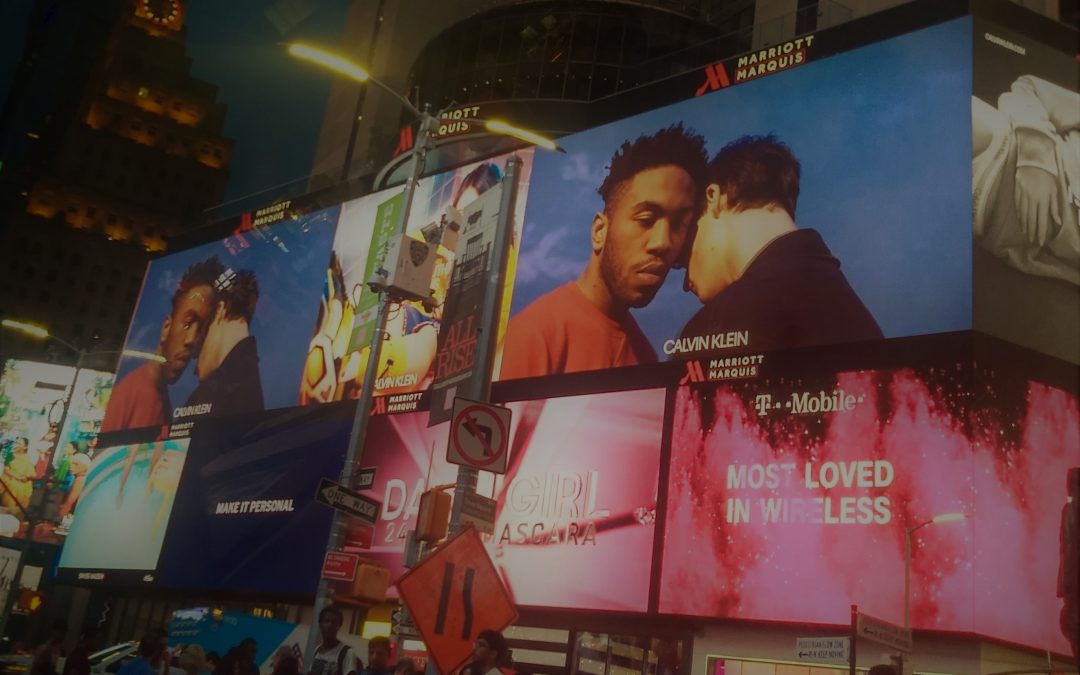
Do You Provide Meaningful Touches?
Maintaining a good relationship with your customers is critical to your lasting success.
Roy H. Williams in his article on Advertising Oversimplified covered this:
-
Most customers are repeat customers or referral customers. Mass media is the most efficient way to maintain top-of-mind awareness among these groups. In addition, it will bring you new, first-time customers.
-
Your plan to stay in touch with your customers through social media and email blasts is based on the assumption that your customer is willing to open, read, listen to, or watch what you have to say. Is this actually happening? And if not, why not? (HINT: The Subject Line gets people to open it. The content, itself, gets people to share it.)
I get direct mail pieces from a couple realtors and other business people I know and I also get some emails but most of them get deleted or tossed without being read.
I even have a weekly marketing email you can subscribe to free using the form below for Sound ADvice.
As business people we are told that we need to be doing something to maintain that connection, but is what you are doing the right thing for your individual customers?
Even if you are doing the right number of “touches” with your email or direct mail…
Are they meaningful to the people on the receiving end?
I’m not suggesting you drop everything you are currently doing unless you see no value in it at all.
I am suggesting that you also add a personal touch, the kind that is not “mass media”.
Every once in a while, I will contact some of my advertising partners with a note, a phone call or an article that would be of interest to them.
When I did this with a Financial Planner friend of mine, she asked me how I found the article I sent her because it’s from a publication written specifically for people in her field, not the general public. I told her my research secrets and she got a greater understanding of how I am looking out for her interests, not just selling her advertising.
Like I said, I don’t recommend stopping all your mass media advertising and only focusing on personalized one-at-a-time marketing; that proved disastrous for an old friend of mine who thought word of mouth alone would be the way to go. He had to shut his doors after he tried that experiment and his business had a 25 year history.
Do both.
Mass media reaches both your current and future customers. Personalized messaging can be used to retain that relationship.
Want help? Contact me: Scott@WOWO.com




